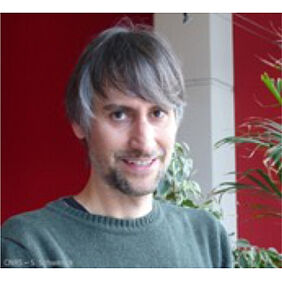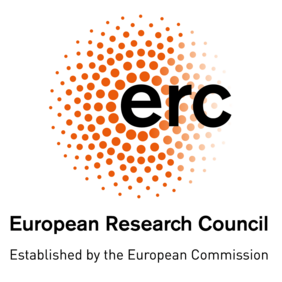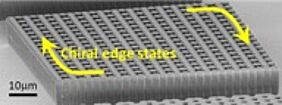Alberto AMO, holder of the ERC Consolidator “Emergent topology in photon fluids”.
DYSCO Vie du labo
The PhLAM researcher is the recipient of a 2019 ERC Consolidator grant dedicated to the study of new topological phases of light.
The topology describes the properties of a system which remain unchanged under deformations. An example is the number of holes in a closed surface. As a result, a ring can be continuously deformed to become a cup without the number of holes varying: the surfaces of the two objects are characterized by the same topological invariant (the number of holes).
These apparently very abstract concepts can be extended to the electronic bands of solids, which can be characterized by a topological invariant. One of the most interesting consequences is that at the border between two solids of different topology, interface states appear. We were thus able to explain the quantum Hall effect and its topological edge states, and to predict the existence of so-called topological insulating materials, discovered in 2007.
These ideas have been brought back recently to the field of optics: one can manufacture photonic crystals and networks of optical resonators whose photonic bands are well described by topological invariants. The advantage is to take advantage of the interface states to make photonic circuits on a micrometric scale and particularly resistant to disorder.
The emergenTopo project aims to go a step further by highlighting new topological phases in photonics. One way to do this is to develop nonlinear topological phases. The idea is to take advantage of the optical non-linearities present on certain materials to create networks of photonic resonators whose topological invariants depend on the number of photons trapped within them: we can change their topology by varying the light intensity with which we enlightened. A second path developed within the framework of the project consists in inducing new topological phases from the temporal modulation of the resonator system.
The project will be carried out in close collaboration with the team of Jacqueline BLOCH at the Center for Nanosciences and Nanotechnologies and Stéphane RANDOUX and Pierre SURET at PhLAM. In addition to the fundamental interest in the field of topological phases of materials, the expected results would open the way to the design of photonic chips whose transport of light could be manipulated at high speed.



